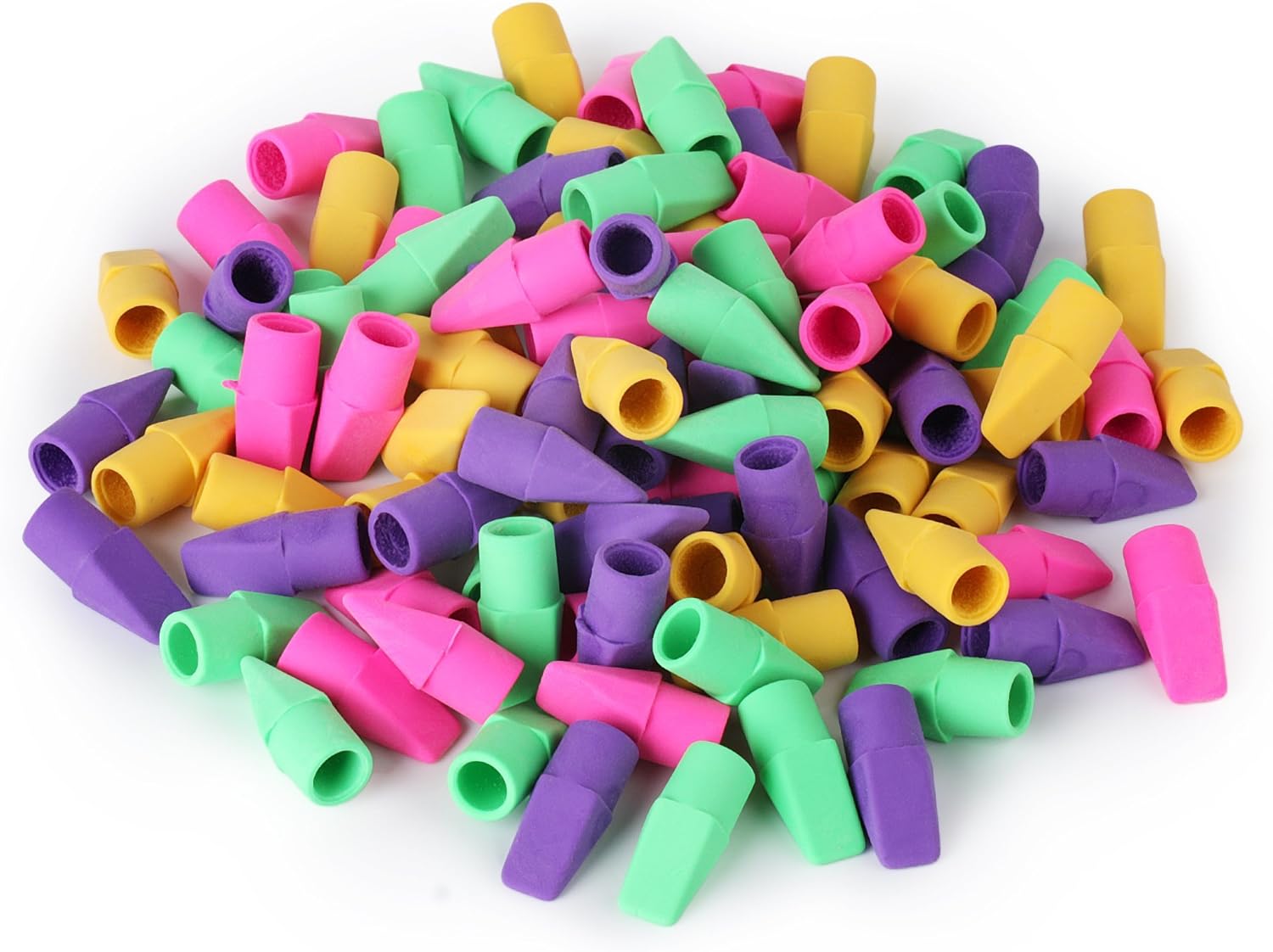Whether simple or complex, model or midpower or highpower, all tips are welcomed. Please, just tips. No discussion unless the tip is factually wrong. Thanks!
Masking tape on nose cones/couplers
When applying masking tape to a nose cone or coupler for a tighter fit, cut the tape with scissors or a knife, don't tear it. Tearing leaves irregular edges that can easily expose the gum on the tape. Leads to the tape rolling over or simply sticking to the tube.. Also, cut the tape at a slight angle so that one side is shorter than the other, with the short side toward the aft end. Makes it easier to slide the nose cone in place.
Burnishing the tape with the back of the fingernail aids in adhesion.
Finally, apply the tape so that it overlaps the aft end of the nose cone or coupler, and press down the tape as shown in the figures. Minimizes rollover.


Masking tape on nose cones/couplers
When applying masking tape to a nose cone or coupler for a tighter fit, cut the tape with scissors or a knife, don't tear it. Tearing leaves irregular edges that can easily expose the gum on the tape. Leads to the tape rolling over or simply sticking to the tube.. Also, cut the tape at a slight angle so that one side is shorter than the other, with the short side toward the aft end. Makes it easier to slide the nose cone in place.
Burnishing the tape with the back of the fingernail aids in adhesion.
Finally, apply the tape so that it overlaps the aft end of the nose cone or coupler, and press down the tape as shown in the figures. Minimizes rollover.















